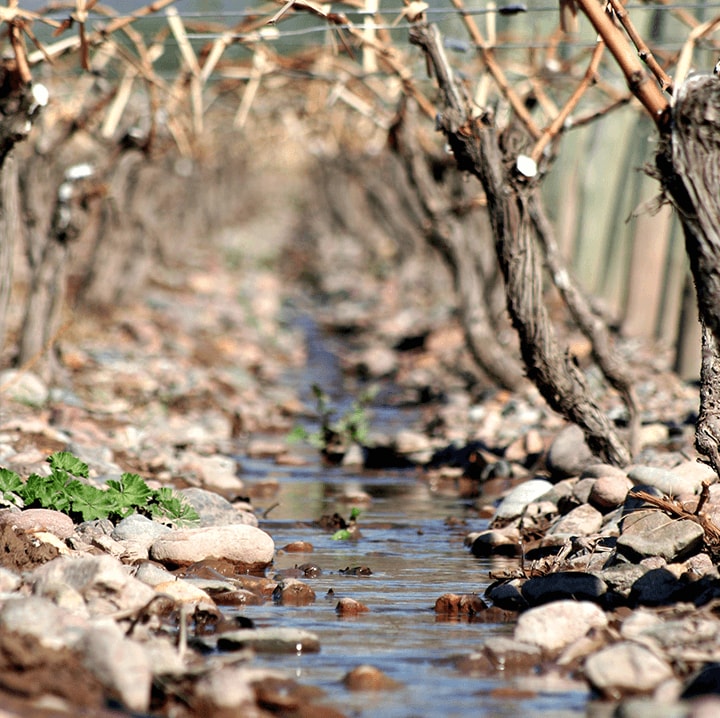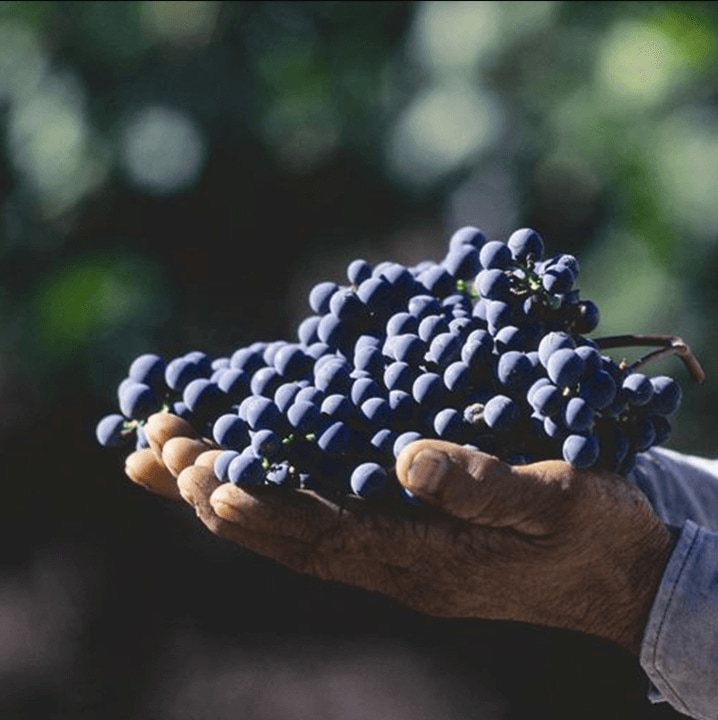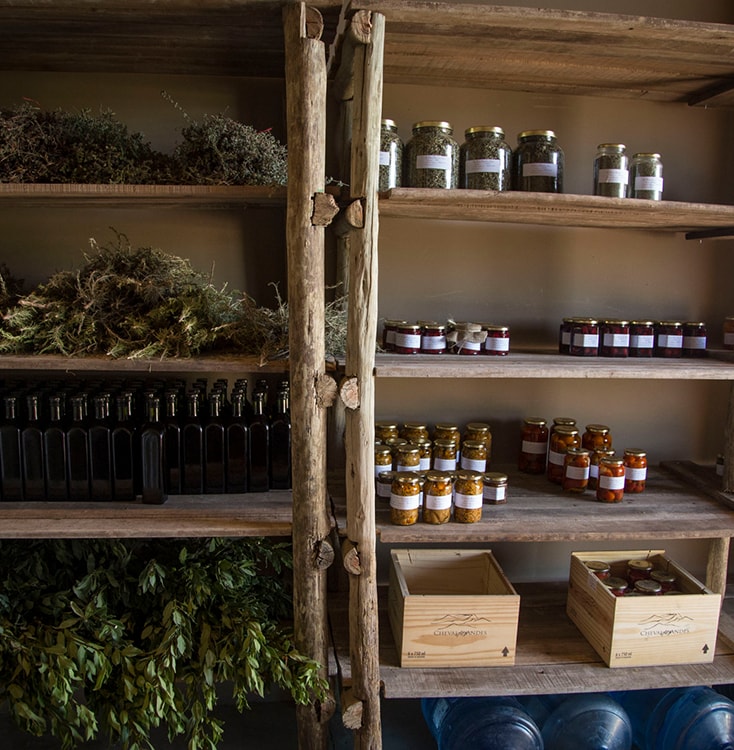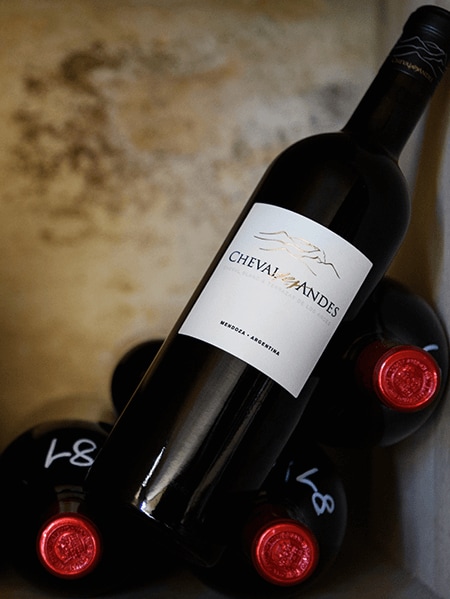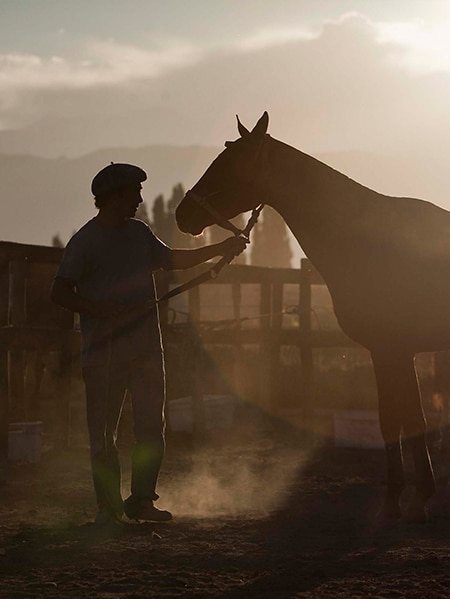Cheval des Andes is a blend of two main grape varieties: Malbec and Cabernet Sauvignon. Petit Verdot may be added depending on the vintage. Each varietal has a character on its own:
MALBEC
Graceful and distinctive, Malbec contributes flavours of red fruit, especially plum and cherries, and notes of violet. It also adds opulence and density with very elegant, fine tannins.
CABERNET SAUVIGNON
Cabernet Sauvignon delivers structure, freshness and tension, as well as spicy hints of green and black pepper, as well as red and blackcurrant notes.
PETIT VERDOT
Imported from Château Margaux this grape variety is lush and aromatic, prized for its rich colour and flavour, with notes of plum, cherry and raspberry.




